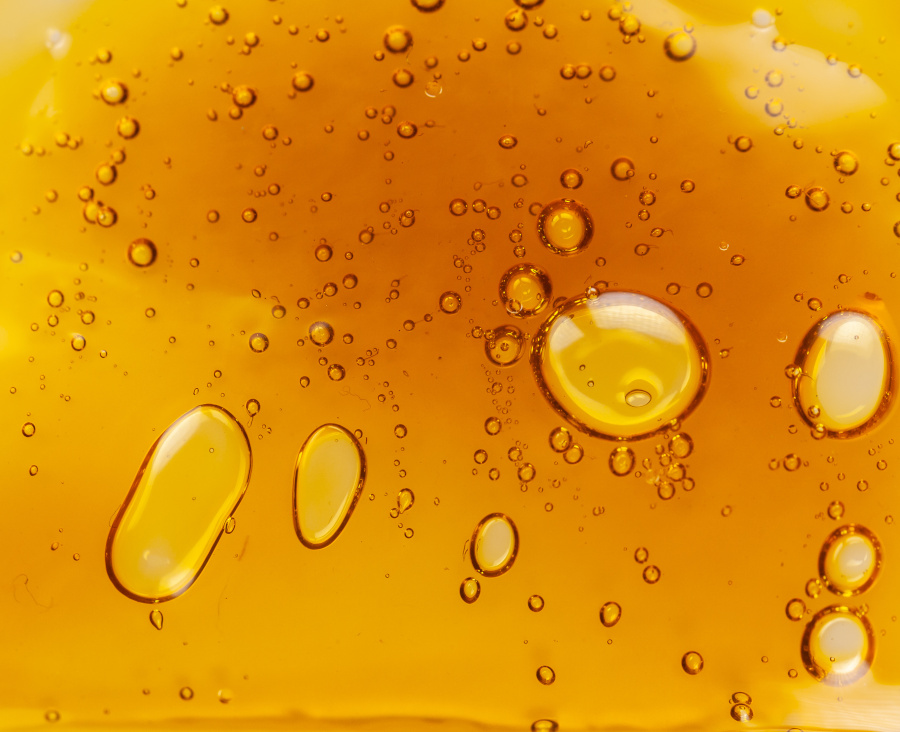Wax vs. Shatter: What the Hell is the Difference?

For the past decade and a half, cannabis concentrates have been the talk of the towns everywhere. In fact, cannabis concentrates are now a mainstay for cannabis consumers. In today's landscape, concentrates come in all forms and sizes (and nickname) Some of these forms of concentrates include: crumble, wax, shatter, CO2 oil, honeycomb oil, 'budder; and butane hash oil (BHO.) These cannabis concentrates have gained enough traction to remain at the forefront of minds of cannabis consumers as well as on the shelves at your local dispensary. However, typical cannabis consumers do not initially understand the difference between all of these variations of concentrates. In this article, we will focus on being able to distinguish wax from shatter.
What exactly is Wax?
Wax is a form of cannabis concentrate sometimes referred to as 'sap' is a soft, nonreflective concentrate. Wax can also host a crumbly-like appearance. It often has properties similar to that of concentrated cookie crumbs. Although it looks dry and non-translucent, giving it an 'ear wax' like appearance, this form of cannabis concentrate has a loose consistency. Cannabis consumers who have stellar wax sometimes encounter upper echelon names such as 'budder' or 'tree sap.' Similar to how transparent cannabinoid-extracted oils engulf the entire spectrum between concentrates such as shatter or sap, wax can take on a variety of consistencies depending on variables like heat, moisture, and the overall texture of oil. High-viscous concentrates and oils with excess moisture often create gooey waxes, sometimes referred to as 'budder.' On the other hand, the firmer forms of cannabis concentrates are likely to form a soft, brittle texture known as ‘crumble’ or ‘honeycomb’ The word “wax” can be used to describe all of these softer, solid textures.
… And What exactly is Shatter?
Shatter is a term given to concentrates that embody firm, reflective cannabis concentrate that has physical properties similar to that of broken glass or hard candy. This is where it gets its moniker of being 'shatter.' Cannabis concentrates with this type of consistency are often the byproduct of hydrocarbon extraction, such as Butane Hash Oil (or BHO.) Shatter forms when the raw extract is placed onto a thin, flat slab while remaining unphased during the extraction process. Shatter products are often held in high regard for being a manageable concentrate. However, shatter is known to become gooey when exposed to undesirable temperatures like excessive heat. Ideally, if stored in cooler temperatures, the 'pull-and-snap' consistency will possess the shatter properties cannabis consumers have come to know and love.
Wax or Shatter: Which Concentrate is Right for Me?
Now that you have been schooled on cannabis concentrates such as wax, shatter, crumble, CO2 Oil, and more, the next concern to address is how they stack up against one another. Believe it or not, not one of these cannabis concentrates based on its physical properties outrank the other. Cannabis concentrates are often purchased for their potency and not their physical aesthetic. Consumers are turning to concentrates because these byproducts are some of the strongest forms of cannabis on the market. Similar to any product in retail, consumers want the biggest bang for their buck. They are interested in high amounts of cannabinoids and the flavor thanks to the chosen strain of cannabis and its profile of terpenes. This also holds with other cannabinoid concentrates such as CBD: consumers want the good stuff if they are dishing out top dollar for a concentrated product. So the next time you visit your local dispensary, consider which of those jars of wax, shatter, honeycomb oil, crumble, or other of the countless forms of cannabis concentrates is jam-packed with your desired cannabinoids.
